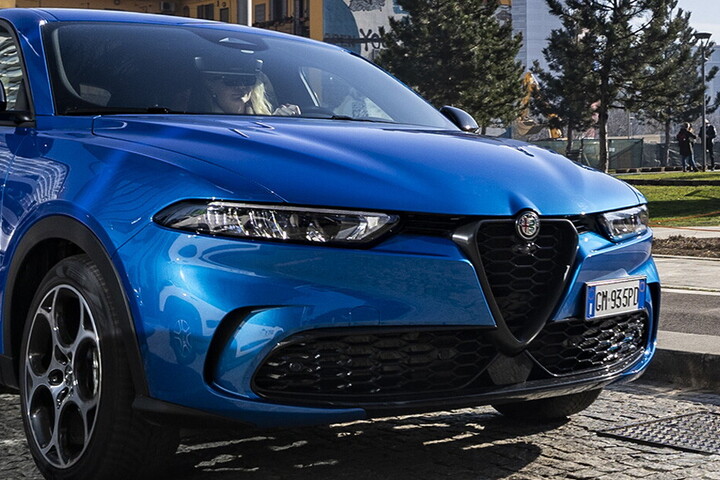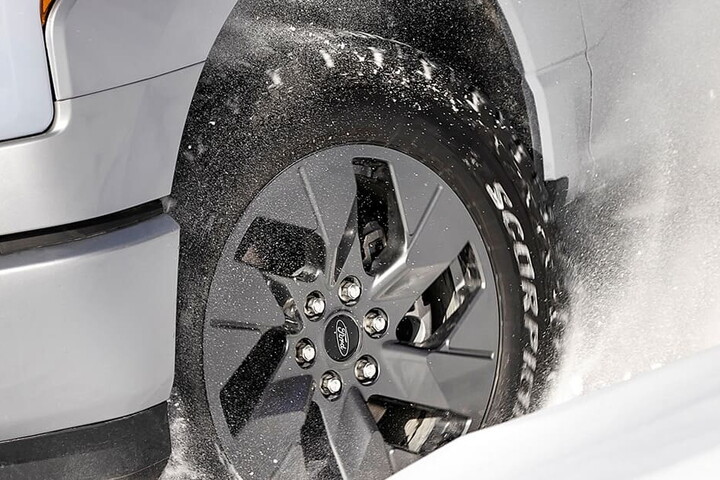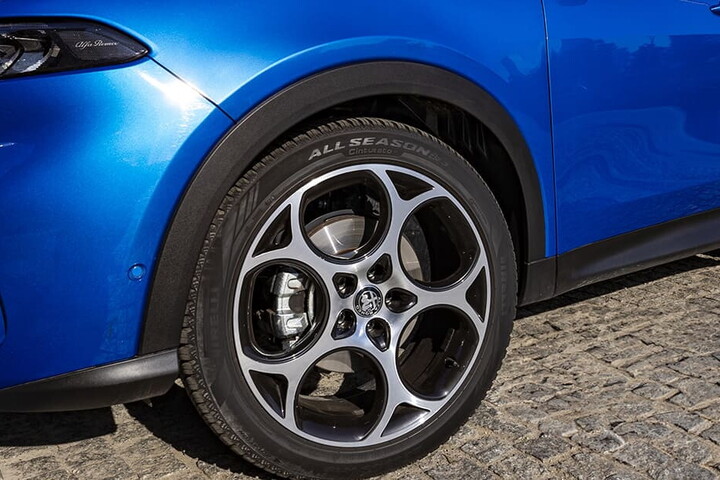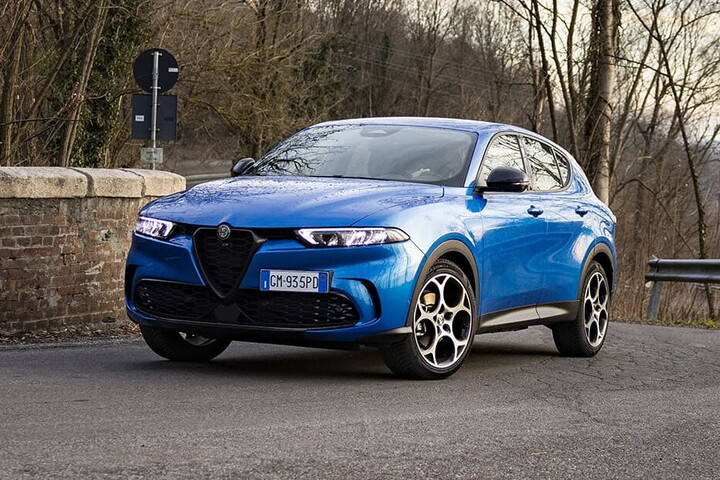When you buy a new set of tyres, very often the first thing you look at is the price. This is fair enough, but... It is precisely the decision to focus on a very low price product, despite it being an inferiorbrand, can prove to be utterly counterproductive. First of all from the safety perspective, but also after a few thousand kilometres, from the effect on your wallet. Knowing how to choose is important and to do so we must go deeply into knowledge about the tyres themselves
In fact, tyres can impact upon a vehicle's fuel consumption in a way that is utterly relevant: an aspect that many people do not consider or even know about. The difference between one type and another can also be great in terms of sound insulation. In order to make the features of individual products clear and transparent, the European Tyre Labelling Regulation has been introduced. A little like the nutritional tables in food products, the label introduced by the community legislation allows consumers, quite simply, to acquire "transparent" information on efficiency in fuel consumption, acoustic comfort and handling in wet conditions. A measure permitting objective and impartial comparison, which makes it possible make a comparison of the performance of each tyre in a few seconds, without the possibility of replication (http://tyres.pirelli.com/global/en-ww/what-do-tires-sizes-mean-how-to-read-a-tyre-label).

TO EACH ITS OWN CLASS: FUEL CONSUMPTION...
How do I read the label correctly? Each individual item is categorised to make each individual aspect of the performance simple to understand at a single glance. The first we speak about is rolling resistance, a quality which has a great influence especially on consumption. There are seven different classes starting from the type which gives least resistance up to the one which, on the other hand, offers a high resistance. They areindicated by a letter, which goes from A (the most efficient to G (the least efficient). The differences are a lot more substantial than you might think: between a class A and a class G tyre, there is a difference of around 7.5% to the detriment of the least efficient (class G). To be clearer, we will try to give an example, bearing in mind that the numbers we show below are not intended to be absolute: potentially a class A tyre could make it possible to save up to 6 litres of fuel every 100 km. Assuming a consumption of 20 km/lt, a vehicle fitted with the most efficient tyres could travel 120 km further, compared to the same car with class G tyres. Assuming a useful life for the tyre of 20/25.000 km, the difference over the long term becomes very considerable.
...NOISE AND...
So now let's talk about noise. Tyres themselves, especially at motorway speeds, are the main sources of "noise". Especially on cars with 18" rims and above, the rolling noise has now become the main cause of acoustic disturbance, in view of the extraordinary quietness achieved by today's engines. For this reason, the choice of a tyre with a good classification can only have a significant benefit for the comfort of the occupants, as well as with regard to environmental noise pollution. In this case, the classification is made by one to three "ears", as they are called by technicians, or those black” waves” placed next to a stylised speaker which in fact represent the noise index. A type with three ears will be fourtimes more noisy than the one labelled with a single band. However, those labelled with three ears will soon be considered illegal in accordance with European regulations.
...HANDLING IN WET CONDITIONS
We will finally finish with handling in wet conditions. This is precisely one of the aspects in which inferior brand tyres are most deficient, with the tyre not benefiting from adequate know-how and millions of hours of research and development that only the most well-established manufacturers can guarantee. In this case we find a rating ranging from A (best) to F (worst). Specifically, they indicate, in the same car, that a further 18 meters are needed to stop from a speed of 80km/h with class F tires compared with class A. it is almost needless to say, but this makes the difference between a substantial collision and avoiding an incident. In short, before allowing yourself to be hypnotized by savings of just a few Euros, take half a minute to look at this precious label required by the European Community. It applies to your safety, but, in the end, as you have seen, it will especially affect your pocket.




